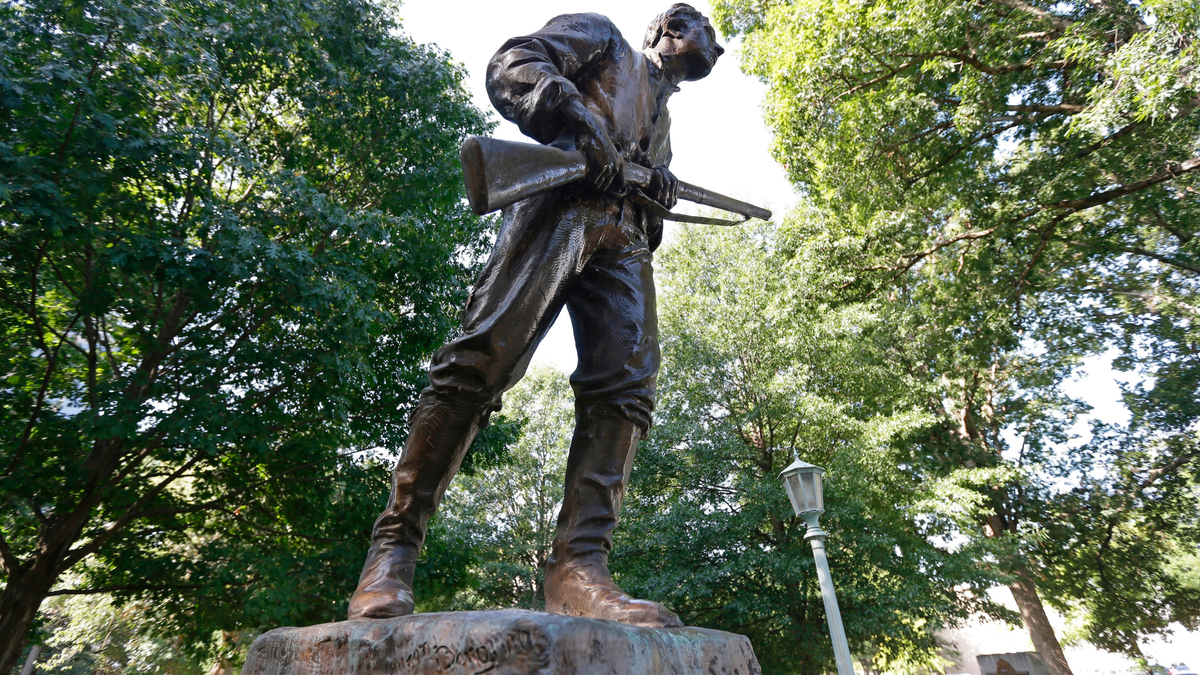
RALEIGH, N.C. – As North Carolina grapples with whether to move three Confederate monuments from the state Capitol grounds, two historians are advising that they should be moved — but if that can't happen, some historical context should be added so people can learn from the past.
"It would seem those monuments to the Confederacy are as public a statement as can possibly be made about who and what North Carolina is," wrote David Blight, a history professor at Yale University. "If it is possible to move them to a prominent place that would allow their interpretation as part of Southern, American and North Carolina history, it would seem to me to be a good idea. But don't erase them from the landscape. Replace, but learn. Relocate but do not lose the lessons."
Meanwhile, a legal analysis by the UNC School of Government indicates that altering a statue by providing a plaque or other addition with historical context might be easier than moving the monuments.
Blight, who has written multiple books on the Civil War and its aftermath, was responding to a committee appointed by the state's Historical Commission to consider Gov. Roy Cooper's request to remove the monuments to Bentonville battlefield in Johnston County.
Sheffield Hale, president and chief executive officer of the Atlanta History Center, wrote that context should be added whether the monuments are moved or not. He wrote that it "must acknowledge slavery as the primary cause of the Civil War and explain how monuments promoted the myth of the Lost Cause and the practice of Jim Crow segregation."
The panel plans to report on the proposal to the full state commission, possibly in May. The commission must then decide whether to move the monuments.
The committee received almost 7,000 public comments ahead of a Thursday deadline. It is still awaiting a legal analysis from the state attorney general's office.
Two events prompted Cooper's request that the statues be moved: a violent rally in Charlottesville, Virginia, in which one protester was killed, and the toppling of a Confederate statue outside a Durham County government building by demonstrators. But a state law approved by the Republican-controlled General Assembly in 2015 prevents the permanent removal of most Confederate monuments — described as "objects of remembrance" — on state and local property without legislative approval. It also severely limits their relocation.
Hale, of the Atlanta History Center, reviewed the history of each of the three monuments erected decades after the end of the Civil War: the Capitol Confederate Monument, dedicated in May 1895; the Henry Lawson Wyatt Monument, dedicated in June 1912; and the North Carolina Confederacy Monument, dedicated in June 1914.
All three "express Lost Cause sentiments" and carry different meaning from those built shortly after the end of the Civil War to commemorate the dead, he writes.
"Removing these monuments would not erase Civil War history — if any history is in danger of being erased, it is the history of institutionalized white supremacy found in the Jim Crow era," Hale writes. "There is an argument to be made that these monuments, properly contextualized, can help educate the public about that difficult history."
On the legal side, an assistant professor at the UNC School of Government advised that the Historical Commission has authority to approve the relocation of the three monuments, but only under the narrow criteria of the 2015 law, which include that that move is necessary to preserve the object or that it's necessary because of construction.
The commission also may approve or deny requests to alter the monuments, the brief says, and re-interpretation likely falls into that category. However, a monument can't be altered to the point that it loses its "commemorative nature," it says.
___
Follow Martha Waggoner at http://twitter.com/mjwaggonernc





















